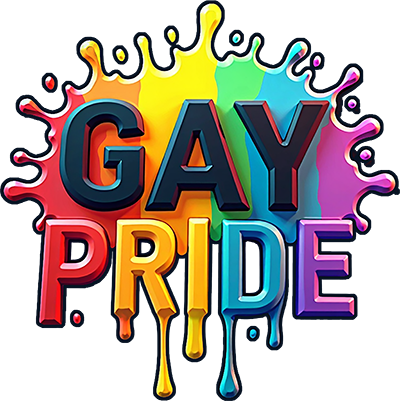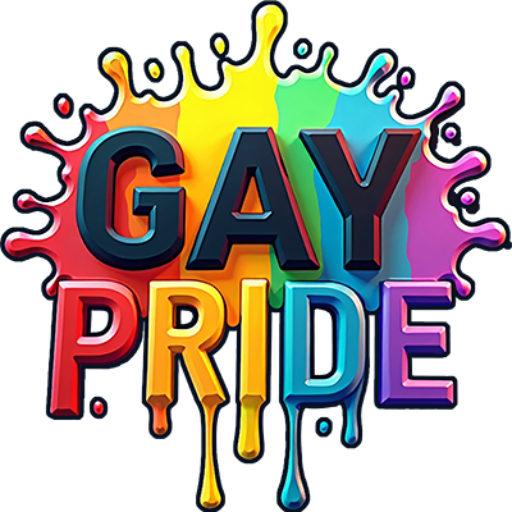LGBTQ Resilience: Lessons from the Past
The journey of the LGBTQ community is a testament to resilience and courage. Through decades of adversity, individuals and groups have fought tirelessly for equality, acceptance, and visibility. Today, we celebrate their stories and learn from their resilience. In this blog post, we will explore the historical milestones of the LGBTQ movement, the lessons learned from past struggles, and how these lessons can guide us towards a more inclusive future. 🏳️🌈
Table of Contents:
1. Introduction
2. The Early Struggles of the LGBTQ Community
3. Stonewall Riots: A Turning Point
4. The AIDS Crisis and Its Impact
5. Marriage Equality: A Landmark Achievement
6. Lessons in Resilience
7. Conclusion
8. FAQs
The Early Struggles of the LGBTQ Community
The early 20th century was a challenging time for LGBTQ individuals. Homophobia was rampant, and many faced severe discrimination. In the 1950s and 60s, the LGBTQ community was often subjected to police raids, arrests, and societal ostracism. Despite these hardships, small pockets of resistance began to form. Organizations like the Mattachine Society and the Daughters of Bilitis emerged, providing safe spaces for LGBTQ individuals to gather and advocate for their rights.
Stonewall Riots: A Turning Point
The Stonewall Riots of 1969 marked a pivotal moment in LGBTQ history. Triggered by a police raid on the Stonewall Inn in Greenwich Village, New York City, the riots ignited a spark of resistance that would forever change the landscape of LGBTQ rights. The bravery displayed by individuals during those nights fostered a newfound sense of solidarity and empowerment. It led to the formation of various advocacy groups and the first Pride marches, reminding us that change is born out of courage and unity.
The AIDS Crisis and Its Impact
The 1980s and 90s brought the devastating AIDS epidemic, disproportionately affecting the LGBTQ community. The crisis exposed systemic neglect and prejudice, but also galvanized a movement of activism and awareness. Organizations like ACT UP (AIDS Coalition to Unleash Power) emerged, demanding government action and societal compassion. The resilience shown during this crisis underscored the power of advocacy in effecting change, even amidst tragedy.
Marriage Equality: A Landmark Achievement
After decades of activism and legal battles, the fight for marriage equality culminated in a historic victory in 2015 with the U.S. Supreme Court’s decision in Obergefell v. Hodges. This decision legalized same-sex marriage nationwide, symbolizing a monumental step toward equality. The journey to this point was long and arduous, filled with setbacks and triumphs. It stands as a testament to the perseverance and resilience of the LGBTQ community and its allies.
Lessons in Resilience
The history of the LGBTQ movement is rich with lessons in resilience:
1. The Power of Community: Throughout history, the strength of the LGBTQ movement has been in its community. Whether through grassroots organizing or global advocacy, unity has been a cornerstone in overcoming challenges.
2. The Importance of Visibility: Visibility has been crucial in challenging stereotypes and fostering acceptance. The courage to live authentically and openly has paved the way for broader societal acceptance.
3. Advocacy is Key: From the early days of the LGBTQ rights movement to the fight against AIDS and for marriage equality, advocacy has been essential in driving change. Passionate voices are necessary to challenge the status quo and demand justice.
Conclusion
LGBTQ resilience is a powerful narrative of courage, solidarity, and unwavering determination. By reflecting on the past, we can draw inspiration and guidance for the future. The lessons learned from these struggles remind us that progress is possible, but it requires collective effort and unwavering commitment. As we continue to strive for a more inclusive world, let us honor the bravery of those who came before us and carry their legacy forward. 🌈
FAQs
What were the Stonewall Riots?
The Stonewall Riots were a series of spontaneous demonstrations by members of the LGBTQ community in response to a police raid at the Stonewall Inn in New York City in 1969. It is often regarded as the catalyst for the modern LGBTQ rights movement.
Why is visibility important for the LGBTQ community?
Visibility challenges stereotypes and prejudices, fostering understanding and acceptance. It allows LGBTQ individuals to live authentically and promotes societal change by highlighting the diversity and humanity of the community.
How did the AIDS crisis impact the LGBTQ movement?
The AIDS crisis galvanized activism and advocacy within the LGBTQ community, highlighting systemic neglect and discrimination. It spurred organizations like ACT UP to demand action and compassion, significantly influencing public policies and perceptions.

